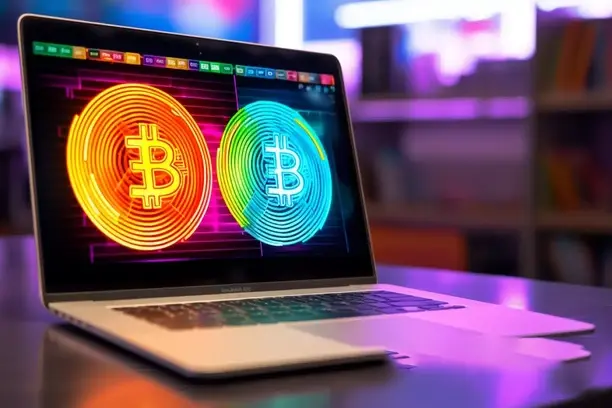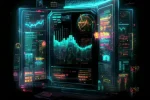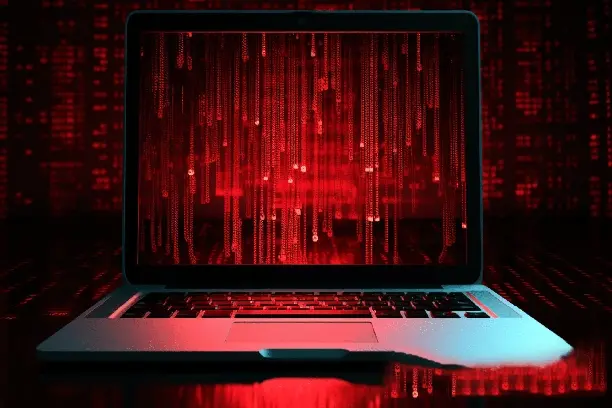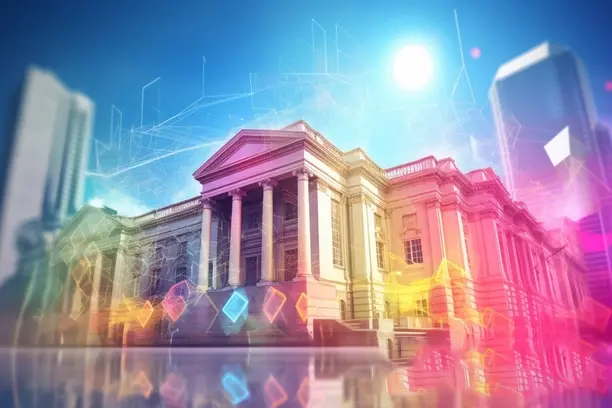The rise of digital collectibles has attracted global attention, with many people beginning to explore whether these virtual assets have a trading value and whether they have physical value. Digital collections, commonly known as NFTs (non-identical tokens), are usually a unique digital artifact backed by blockchain technology. These collections are not limited to artwork, but can cover a wide range of genres including music, movies, game items, and more. Can digital collections actually be traded? Can they be converted into tangible assets or physical value? This article will explore these questions in depth.

Is the digital collection tradable?
The tradability of digital collections relies heavily on blockchain technology, which ensures the uniqueness and verifiability of each digital collection. Digital collections (especially NFTs) are usually issued on blockchains such as Ether, Solana, etc. and traded through specialized NFT marketplaces (e.g. OpenSea, Rarible, LooksRare, etc.). These platforms provide a transparent trading environment where buyers and sellers can freely trade various types of digital collections.
Compared with traditional artwork or commodity trading, the trading of digital collections is not restricted by geographic location and the transaction process is mostly settled in real time, which makes the trading of digital collections more flexible. Due to the uniqueness of NFT, each digital collection has its own record in the blockchain, so they are not subject to the threat of counterfeiting or duplication. This is one of the reasons why many collectors and investors are attracted to NFT.
The trading market for digital collectibles is still at a relatively early stage and is characterized by high price volatility. Some popular digital collectibles may experience price surges within a short period of time, while other less popular collectibles may face a lack of liquidity. Therefore, investors should carefully assess the market demand and future value of digital collectibles when trading.
Physical Value of Digital Collections
Many people approach digital collections with the question, "Do these virtual objects have any physical value at all?" In fact, the value of digital collectibles comes primarily from the demand and cultural recognition behind them. For example, some artwork-based NFTs have a value similar to that of a physical artwork, depending on the popularity of the creator, the uniqueness of the artwork, and market recognition. Holders of certain digital collections may view them as a form of artistic investment or cultural capital, thus giving them some form of "physical" value.
However, there is also the view that the value of digital collectibles is essentially an abstract digital asset, and its physical value is more difficult to measure directly. These collectibles usually only have a use value in the virtual world or are merely a speculative tool. Therefore, the physical value of digital collectibles is not as easy to measure as that of traditional objects, nor can it necessarily be expressed in concrete terms in the real world.

For example, some props or skins in digital games have high demand and value in the virtual world, but in reality they have no practical use. In contrast, some famous NFT works, such as Beeple's Everydays: The First 5,000 Days, have generated more than $69 million on the auction market, which makes its value come more from the cultural background, the artist's popularity, and investors' expectations for the future, rather than a specific physical value.
Are digital collections worth investing in?
Many people view digital collectibles as investment vehicles, trying to make a return by buying low and selling high. While the prices of some NFTs on the market have rocketed, there are many collections whose values may fall rapidly as the market heat diminishes. Therefore, whether or not it is worth investing in a digital collection depends on a number of factors.
Market demand is the key. As with any investment asset, the value of a digital collection depends on market demand. If a particular area or type of digital collection is widely noticed or sought after, its price may rise dramatically. For example, as famous people, brands, or large corporations begin to enter the NFT market, specific digital collections may benefit.
Choosing the right platform for your digital collection is also important. The quality of NFTs sold on different platforms varies, as do the transaction fees. Understanding how these platforms operate and choosing one that is more mature and transparent can effectively minimize risk.
The volatility of the digital collectibles market cannot be ignored. Many investors have made substantial profits in the short term, but at the same time many have suffered losses due to a lack of adequate market knowledge or errors in judgment. Therefore, rational, long-term observation and analysis are crucial for investment in digital collectibles.
The relevance of cryptocurrency to digital collections
When discussing the value of digital collectibles, we cannot ignore their close relationship with cryptocurrencies. Since many digital collectibles transactions use cryptocurrencies (e.g., Ether, Bitcoin, etc.) as a form of payment, fluctuations in the price of digital currencies also have a direct impact on the market price of digital collectibles. For example, fluctuations in the price of Ether (ETH) may affect the price of NFT buy/sell transactions, which makes it necessary for cryptocurrency investors to have a good understanding of the crypto market when considering trading NFT.
As blockchain technology continues to evolve, a number of new crypto platforms and protocols are emerging, and these innovations may further change the way digital collections are traded. For example, Layer 2 solutions (e.g., Optimism, Arbitrum) make NFT trading faster and cheaper, and these technological breakthroughs may make trading digital collections more popular.
Future Development of Digital Collections
The digital collectibles market is still in a phase of rapid development and future trends are uncertain. However, there are several directions in which we can anticipate future evolution.
The law and regulation of digital collections will become an important topic in the future. Currently, the legal framework for NFTs in many countries is unclear, which may affect the healthy development of the digital collectibles market. With the expansion of the market, governments and regulators are likely to introduce relevant policies to regulate the issuance, trading and circulation of NFTs, which will provide more protection for investors.
The integration of digital collections with the real world is likely to be a major trend. In the future, digital collectibles may not only be limited to use in the virtual world, but will also be extended to physical merchandise. For example, certain high-end brands may introduce NFT as a certification for limited edition goods and link it to physical goods, which will further realize the physical value of digital collectibles.
In conclusion, digital collectibles have great potential both as a trading asset and as an investment vehicle. Their physical value is not as easy to measure as traditional assets, so investors should choose carefully, understand the market risks, and make informed investment decisions. As technology develops and the market matures, the future of the digital collectibles market is worth looking forward to.














